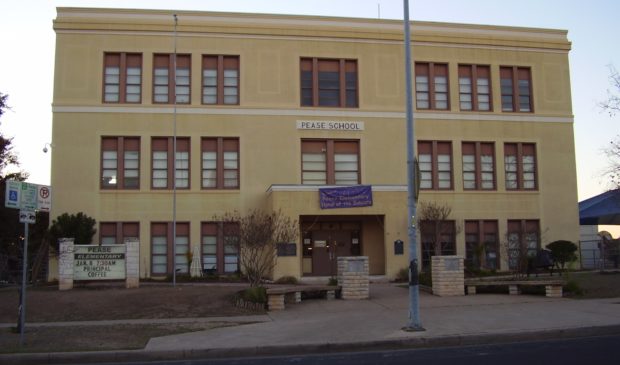Affordability committee moves forward as Realtor group sounds home price alarm
Wednesday, December 4, 2019 by
Chad Swiatecki Members of the Regional Affordability Committee are continuing their work updating the group’s strategic plan for improving housing options, while another group tied to the Austin housing market has called for decisive action to keep housing prices from growing at an unsustainable rate.
Last month the affordability committee, which is made up of three City Council members and a selection of regional politicians and other leaders, opted to return to work at its first meeting in 2020 updating the plan that is focused around six areas, including affordable housing and transportation, access to health care and child care, and government efficiency and job training programs. Members discussed ways to improve job training and expand the kinds of programs offered throughout the region and identified the barriers such as transportation challenges and criminal histories that can prevent people from seeking training for better-paying jobs.
They also discussed increasing the availability of child care and early childhood education programs in low-income areas, finding ways to train child care workers to earn a livable wage, and eliminating barriers to health care access and convalescence options for individuals experiencing homelessness. Members decided to spend the next two months working independently on objectives in their areas of expertise.
Travis County Commissioner Brigid Shea said at future meetings she hopes to hear about areawide efforts such as assistance programs from local utilities, with the goal of establishing best practices among neighboring communities.
“Because we represent such a broad regional perspective of elected officials across many different governing bodies, I think we can have an impact on policy in the region,” she said. “One of the things I’d like us to consider doing in the future is using these meetings as a mechanism for convening entities we’ve talked about and referenced in various briefings and discussions over the years.”
Austin Independent School District Board Member Jayme Mathias said attention needs to be paid to making newly vacant schools into affordable housing properties. Travis County Commissioner Jeff Travillion pushed for putting as many publicly owned properties into a land bank to ensure that those parcels remain affordable.
“In Austin ISD we are seeing the decimation of many school communities due to the increasing lack of affordability in Austin,” Mathias said. “We have various properties that are now coming available for the possibility of affordable housing. My plea for this group is, is there any way to come together outside of this to discuss how we as policymakers can put forward the idea of affordable housing?”
The day after that meeting, the Austin Board of Realtors released an analysis of October sales data in which the group’s president, Kevin Scanlan, warned that the unavailability of new housing in the Austin market is pushing home prices to unsustainable levels.
ABoR’s data showed the metro area’s median single-family home price reached $327,000 in October, with Austin specifically showing a median home price of $405,000.
Romeo Manzanilla, ABoR’s new president-elect, said the city has already let too much time pass after 2012’s Imagine Austin plan that was intended to lead the way toward a new land use code with an emphasis on added housing density. City Council is expected to consider the latest version of the land code this month and into next year.
“We’ve seen a consistent year-over-year trend of prices going up and inventory levels going down as well, and with the number of people who continue to move to the Austin metro area we don’t see that slowing down,” he said. “Especially in the urban core we’re going to see increases to those prices, and the city is trying to address this through the Land Development Code by looking at density solutions. That’s definitely something that needs to happen sooner than later.”
Manzanilla said home prices will continue to climb until significantly more housing stock is added throughout the city. An emphasis on alternative, dense housing types focused in specific corridors is intended to achieve that goal, though neighborhood groups and some residents have threatened legal challenges to density efforts.
“There’s not going to be a perfect solution that works for everyone. Neighborhood groups are opposed to density, and that’s justified because they feel that mobility is going to be an issue,” he said. “A lot of what’s out there is misinformation and fear of change, but Austin is not the sleepy little town it once was 25 years ago. We’re a growing metropolis that’s going to double its population and there’s not going to be a perfect solution … but in making these decisions it has to be done for the greater good.”
The Austin Monitor’s work is made possible by donations from the community. Though our reporting covers donors from time to time, we are careful to keep business and editorial efforts separate while maintaining transparency. A complete list of donors is available here, and our code of ethics is explained here.
You're a community leader
And we’re honored you look to us for serious, in-depth news. You know a strong community needs local and dedicated watchdog reporting. We’re here for you and that won’t change. Now will you take the powerful next step and support our nonprofit news organization?









